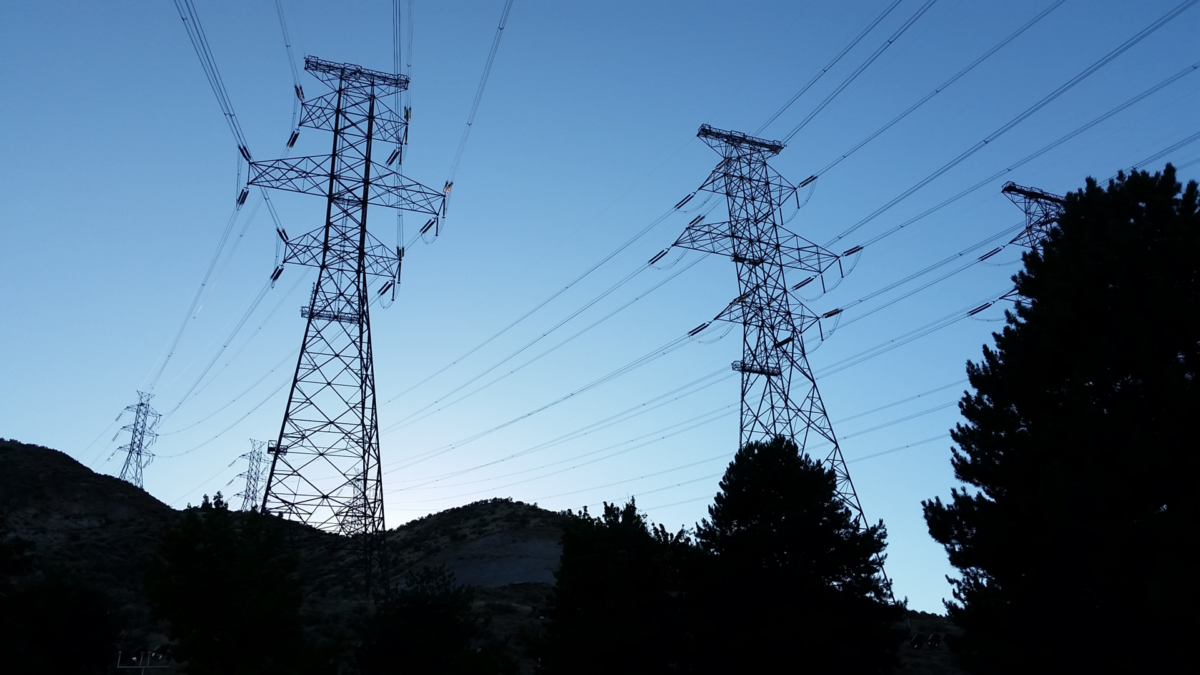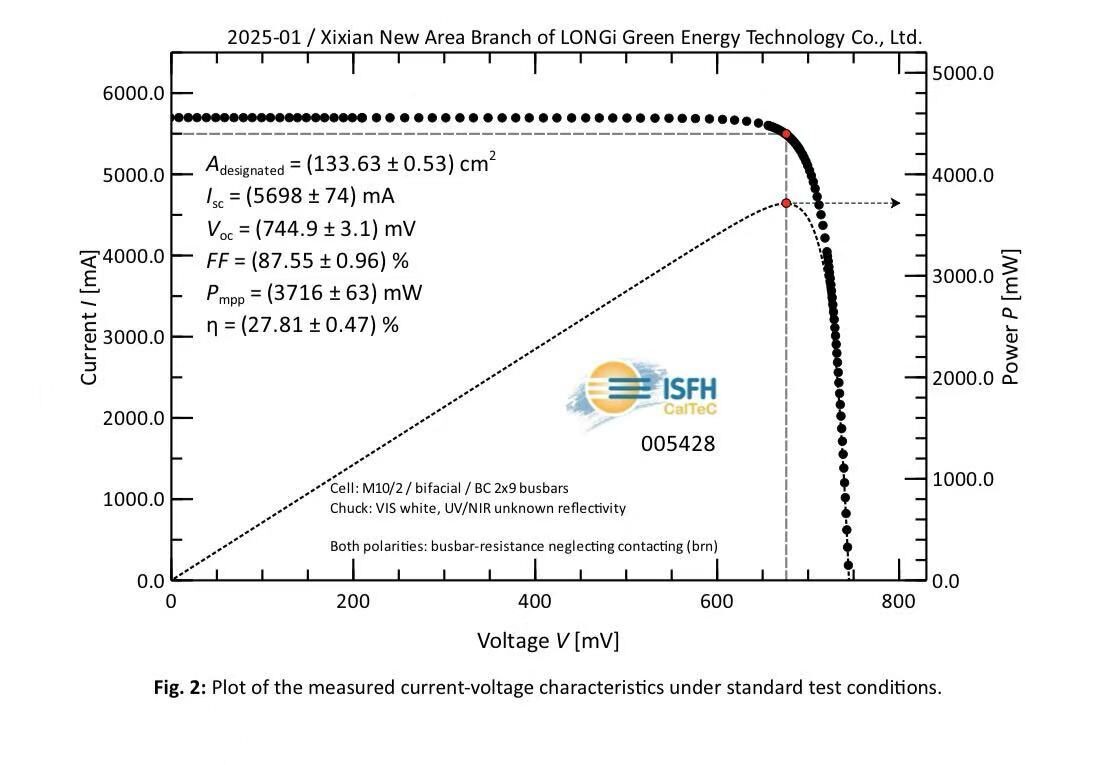
Belgian grid operator Elia says that rapid solar fleet growth is driving earlier seasonal overproduction peaks, raising curtailment risks this spring. It plans to expand flexibility measures to stabilize the high-voltage network.
Solar panels installed on Belgian rooftops now total about 11.4 GW of capacity – an increase of 4 GW compared to two years ago and 1.4 GW more than in 2024.
“During peaks, depending on orientation and other technical limitations, these panels can produce up to 9 GW of electricity,” said Belgian grid operator Elia. “Any weather fluctuation, however small, therefore has a significant effect on the balance between supply and demand, which can lead to negative prices.”
This phenomenon can occur when weather forecast errors affect renewable output, or when low consumption coincides with high generation – conditions that mainly arise in summer, especially on weekends and public holidays.
“In 2024, we were careful in the summer, but this year, vigilance is required from spring onwards, due to the increase in installed photovoltaic capacity,” said James Matthys-Donnadieu, director of markets at Elia.
First, the company emphasized that the phenomenon is not inevitable and said balance responsible parties (BRPs) must ensure supply and demand remain aligned, particularly based on summer forecasts provided to them.
When these market participants fail to restore balance, Elia can deploy several technical tools and market mechanisms, including offshore wind farms. The grid operator can also seek support from foreign transmission system operators. In exceptional cases, Elia may curtail large onshore PV or wind farms – including those on distribution system operator grids – but not residential systems.
“The energy transition and the development of photovoltaic energy are good news for our energy independence and for the planet. However, they also present our system with several challenges in terms of grid capacity and stability,” added Matthys-Donnadieu. “These challenges can be overcome, provided that more flexibility is urgently injected into the system and that this flexibility is valued. This will result in a win-win situation for both the grid and consumers.”
In the future, renewables curtailment will occur more frequently. Elia called for sufficient flexibility to be built into the system to better manage periods of low consumption and high renewable output.
“Adapting our consumption to times when a large amount of (cheap) energy is available benefits not only the system, but also consumers,” said the grid operator. “Thus, a dynamic contract rewards consumers who adapt their consumption to the availability of (cheap) renewable energy, but controlling solar panels at these times can also offer opportunities. Elia also sees the emergence of new flexibility products on the market, which enable decentralized flexibility by influencing consumer behavior.”
For example, consumers can already charge electric vehicles at lower cost during periods of surplus renewable generation. Denmark is developing a “supply split” model, allowing each metered device – such as an EV charger – to contract with a separate electricity supplier. To support such technologies, Elia plans to work with distribution system operators, suppliers, regulators, industry groups, and authorities to implement a more efficient market framework.
This content is protected by copyright and may not be reused. If you want to cooperate with us and would like to reuse some of our content, please contact: editors@pv-magazine.com.
Source link


